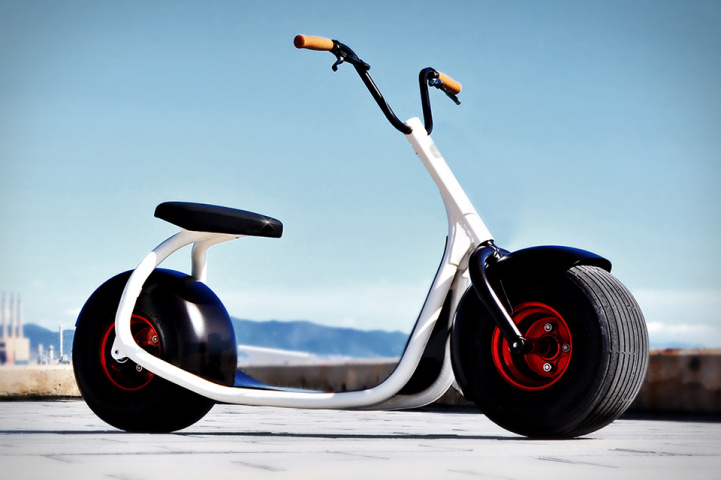Urban electric scooters have rapidly become a ubiquitous sight on city streets, reshaping the way people move around urban environments.
These convenient and eco-friendly devices are transforming short-distance commuting and leisurely rides.
In this article, we will explore the world of urban electric scooters, highlighting their advantages, impact on urban mobility, sustainability benefits, and considerations for riders.
The Urban Electric Scooter Revolution
The emergence of urban electric scooters is a relatively recent phenomenon that gained momentum in the late 2010s.
Companies like Bird and Lime led the charge by introducing dockless electric scooters in major cities worldwide.
Since then, these scooters have gained immense popularity, providing urban dwellers with an efficient, convenient, and sustainable mode of transportation.
Benefits of Urban Electric Scooters
a. Eco-Friendly Transportation: Urban electric scooters are battery-powered, producing no emissions, and contributing to cleaner air in cities. This green approach aligns with global efforts to combat climate change and improve air quality.
b. Last-Mile Connectivity: Electric scooters are ideal for “last-mile” travel, bridging the gap between public transit stations and final destinations. They help reduce the reliance on personal vehicles and alleviate urban congestion.
c. Cost-Effective Commuting: Compared to owning and maintaining a car, electric scooters are a cost-effective alternative for short trips. Users pay only for the distance they travel, eliminating the need for fuel, insurance, and parking expenses.
Rider Considerations
While urban electric scooters offer numerous benefits, riders should exercise responsibility and follow safety guidelines:
a. Safety Gear: Riders are encouraged to wear helmets, even though it may not always be a legal requirement. Safety gear such as knee and elbow pads can also reduce the risk of injury.
b. Abiding by Traffic Rules: Scooter riders should obey traffic signals and rules, including stopping at red lights and yielding to pedestrians. Riding on sidewalks may be prohibited in some cities.
c. Responsible Parking: Users should park electric scooters in designated areas, ensuring they do not obstruct pedestrian walkways or create hazards.
Impact on Urban Mobility
Urban electric scooters have a significant impact on the way people navigate cities:
a. Traffic Reduction: By encouraging short-distance scooter trips, cities can reduce traffic congestion and improve overall mobility.
b. Improved Accessibility: Scooters offer an accessible mode of transportation for individuals who may not be able to walk long distances or use other forms of transit.
c. Sustainable Transportation Mix: Electric scooters are part of a broader shift toward sustainable and multi-modal urban mobility, complementing public transit systems and reducing the need for private car ownership.
Conclusion
Urban electric scooters have swiftly become a symbol of modern urban transportation, offering convenience, sustainability, and affordability.
As cities continue to grow and face mobility challenges, electric scooters provide a flexible solution for daily commuters and casual riders alike.
By adhering to safety guidelines and integrating scooters into comprehensive transportation networks, cities can harness their potential to create cleaner, more accessible urban environments for everyone.

